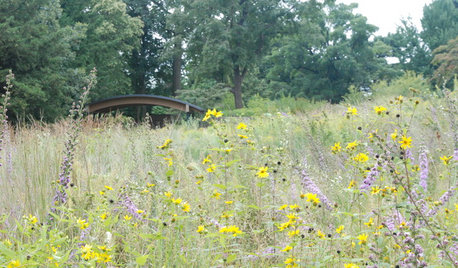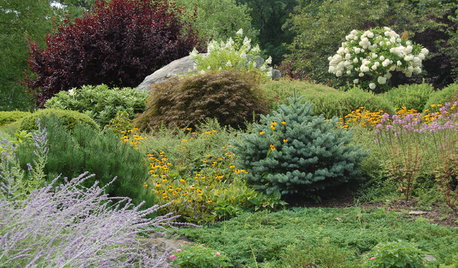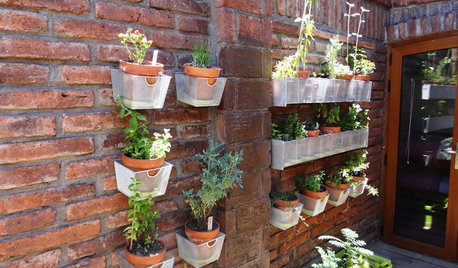Where to find Hepatica plants
frankielynnsie
14 years ago
Related Stories

GARDENING GUIDESHow to Find the Right Native Plants for Your Yard
Find plant maps, sale sites and guides that make going native in the garden easier than ever
Full Story
LANDSCAPE DESIGNNative Plants Help You Find Your Garden Style
Imagine the garden of your dreams designed with plants indigenous to your region
Full Story
GARDENING GUIDESHow to Find the Right Plants for Your Garden
Break free from choosing plants by cold-hardiness zones for a beautiful landscape that thrives year-round
Full Story
EVENTSDesign Calendar: Where to Go and What to See in April 2016
Tour modern homes, peruse handmade furniture and stroll native-plant gardens this month
Full Story
GARDENING GUIDESDesigning With Conifers: Find the Perfect Fit for Your Landscape
Conifers range from fairy-garden size to 70 feet tall. Here’s how to decifer the plant tag for the perfect long-term fit in your garden
Full Story
GARDENING GUIDESDesigning With Conifers: Finding the Right Garden Bedmates
In gardening, building on commonalities creates an enduring relationship
Full Story
VINTAGE STYLEFlea Market Find: Vintage Ladders
You can use them to hang linens, stack plants and add rustic charm to a room
Full Story
LANDSCAPE DESIGNFind Yourself in an Epic Garden in the Shade
Feeling hot and tired gardening in the sun? The world of shade gardening beckons you to its cool mystery
Full Story
EXTERIORSWhere Front Yards Collide: Property Lines in Pictures
Some could be twins; others channel the Odd Couple. You may never look at property boundaries the same way again
Full Story
EDIBLE GARDENSHouzz Call: Where Are the Craziest Places You Grow Edibles?
Basil in a bathtub, spinach stacked up a wall ... If your edibles occupy an odd spot, we’d like to know
Full Story





pam_3
Iris GW
Related Professionals
New Bedford Landscape Architects & Landscape Designers · Cottonwood Landscape Architects & Landscape Designers · Bedford Landscape Contractors · College Park Landscape Contractors · Longview Landscape Contractors · Branford Fence Contractors · Cartersville Fence Contractors · Green Valley Fence Contractors · La Canada Flintridge Fence Contractors · Prior Lake Fence Contractors · Ridgefield Park Fence Contractors · Wauconda Fence Contractors · Fort Collins Window Contractors · Orlando Window Contractors · Discovery Bay Window Contractorsgeorgia-rose
Iris GW
georgia-rose
Iris GW
frankielynnsieOriginal Author
georgia-rose
georgia-rose
georgia-rose
frankielynnsieOriginal Author